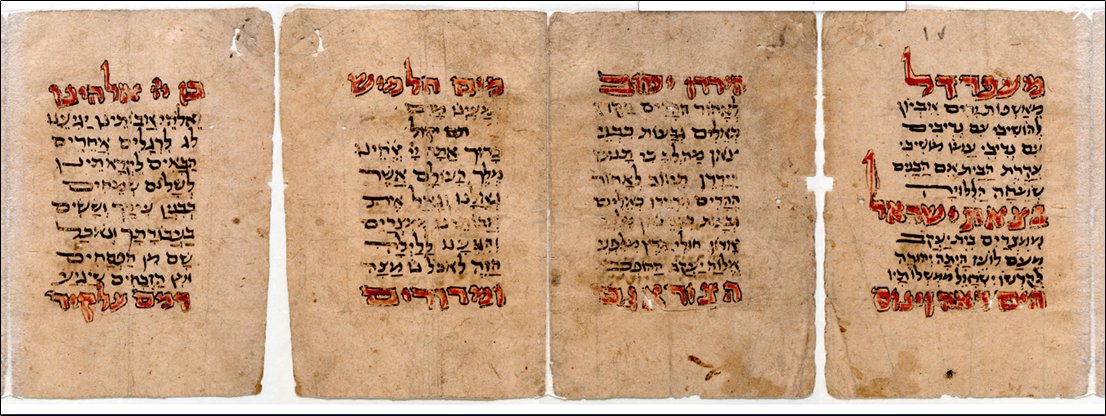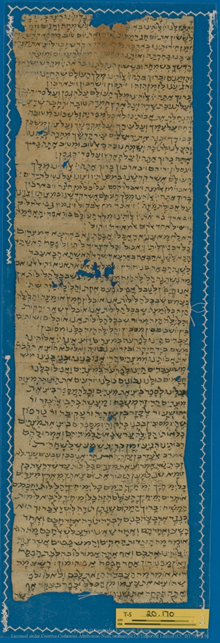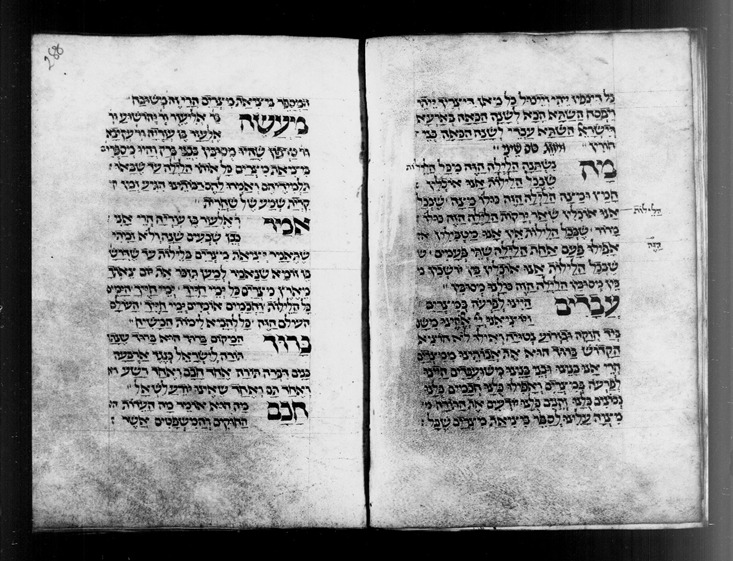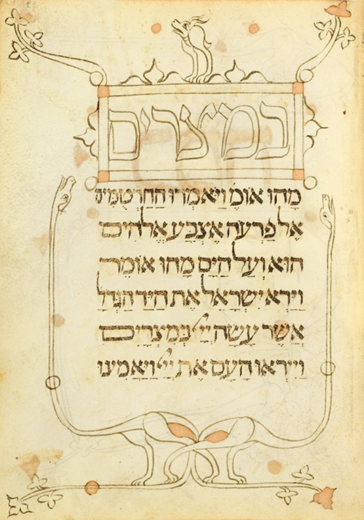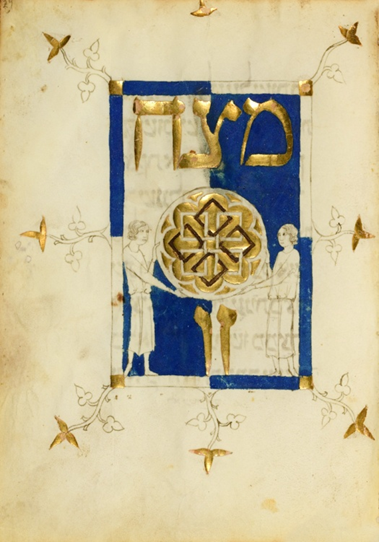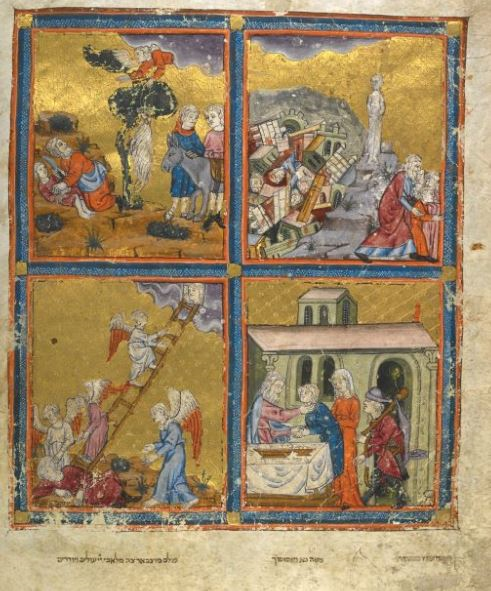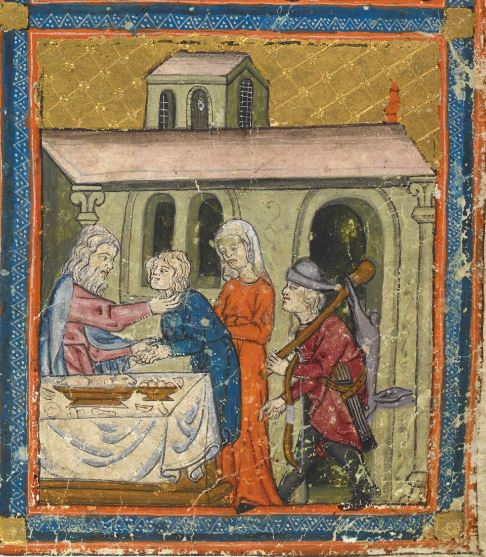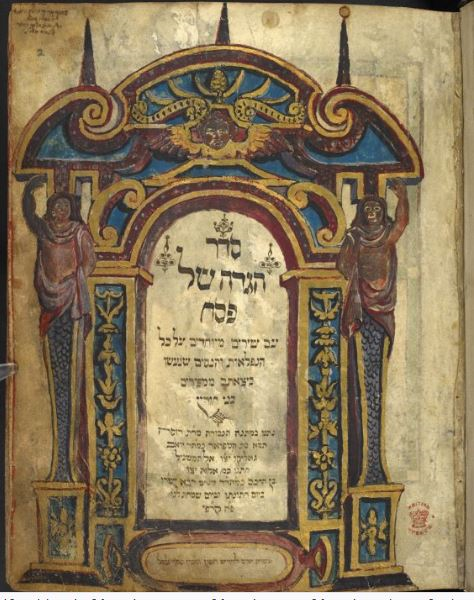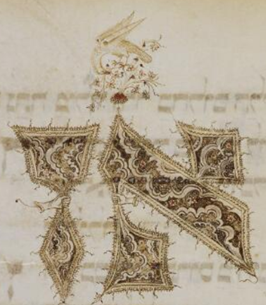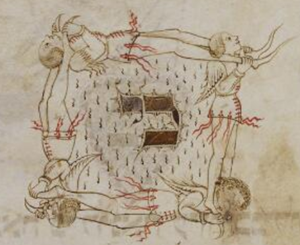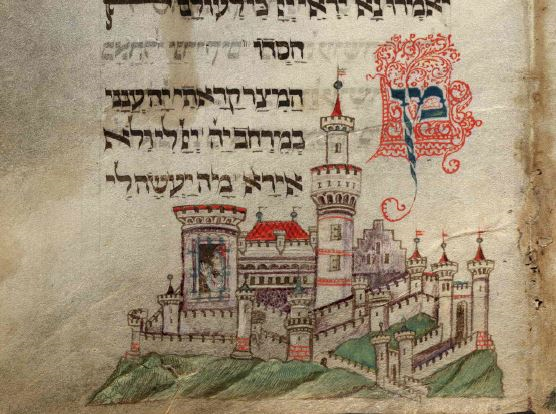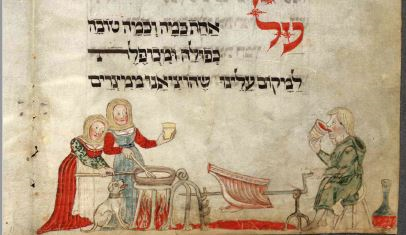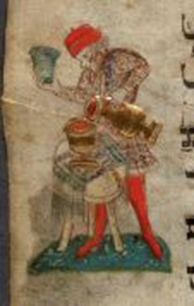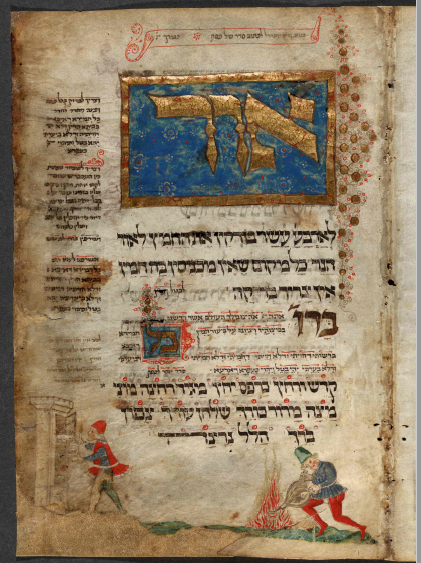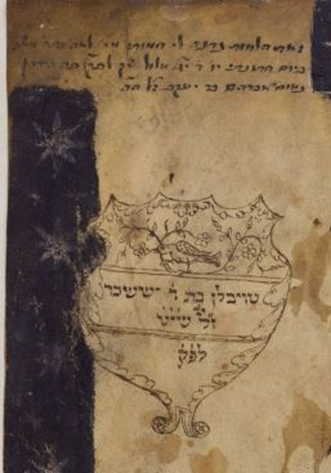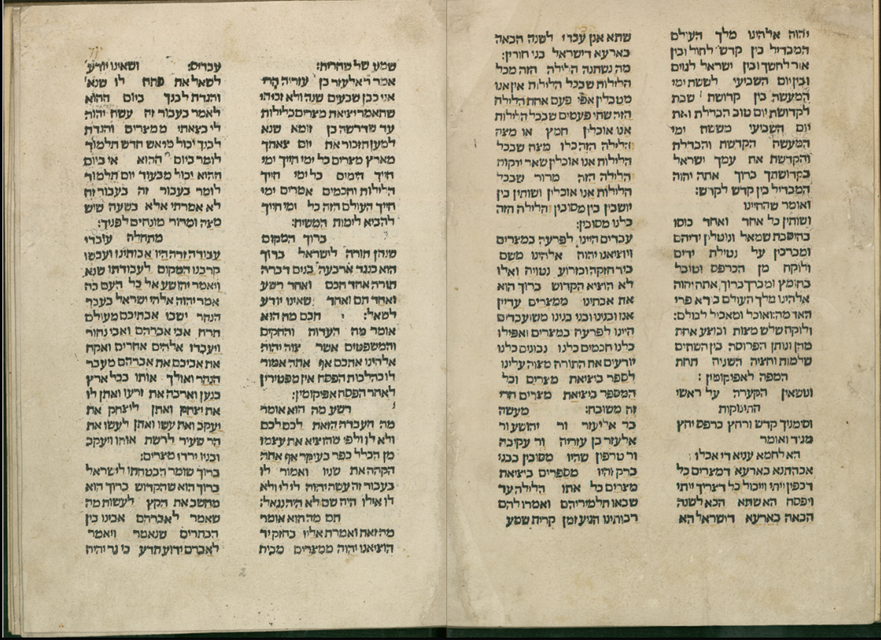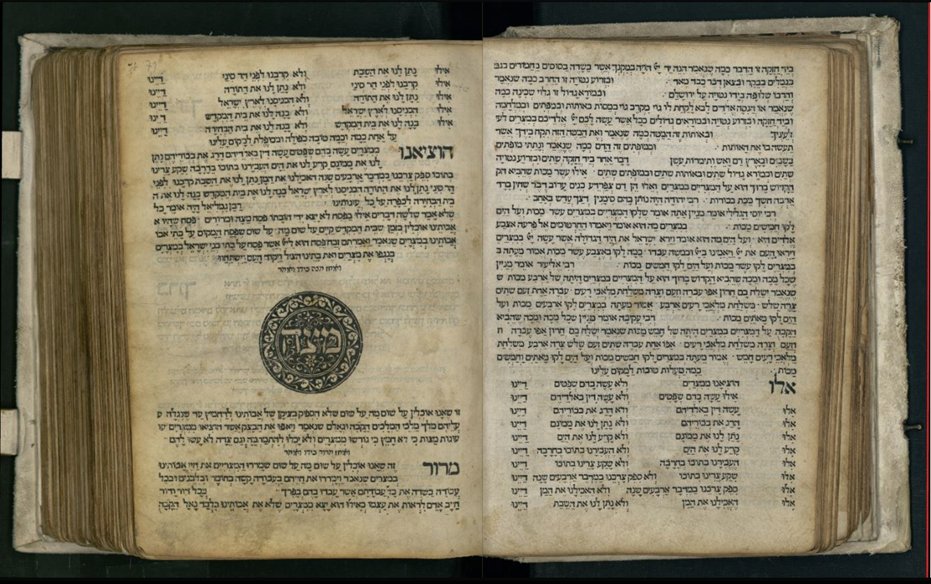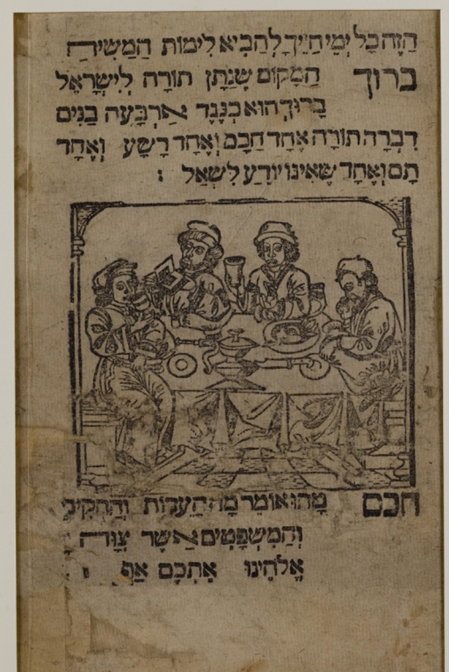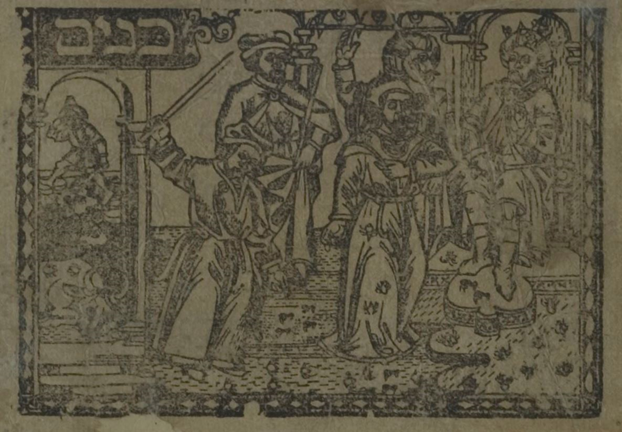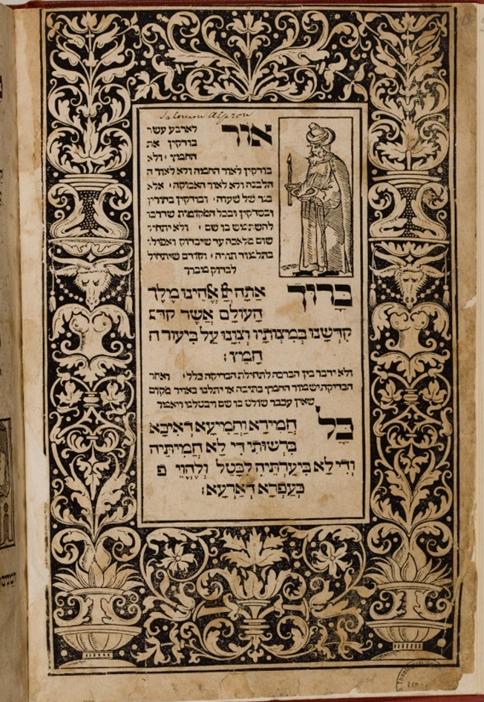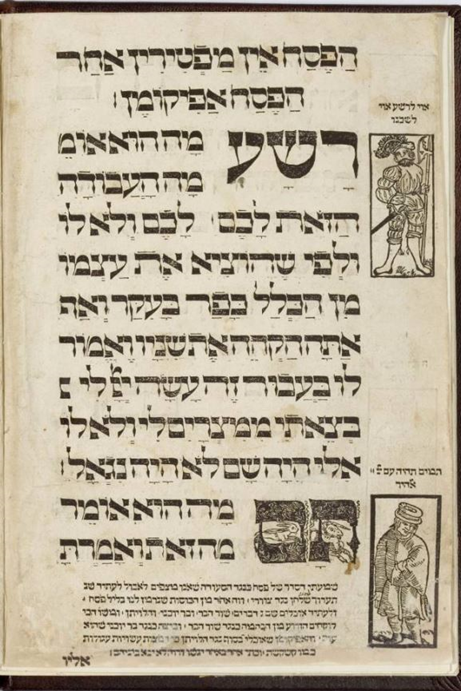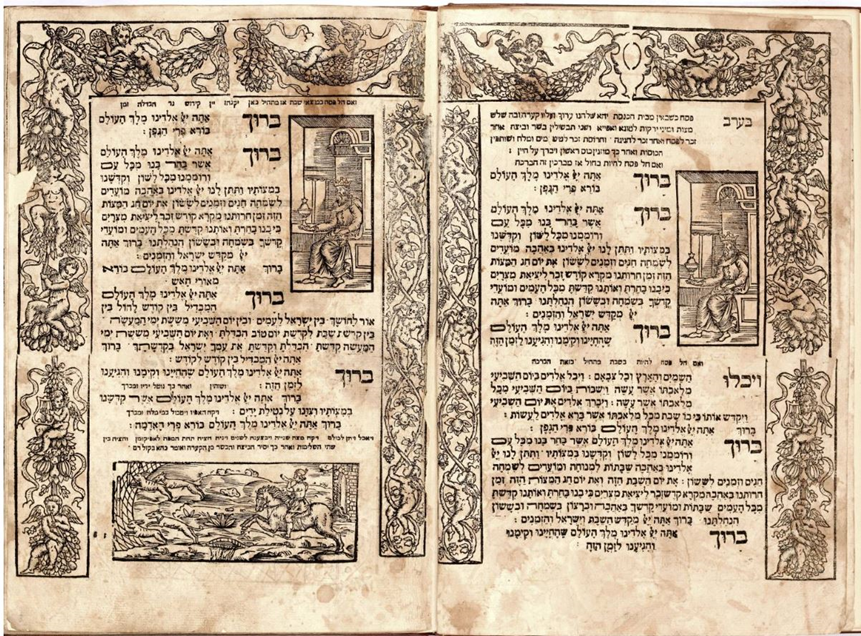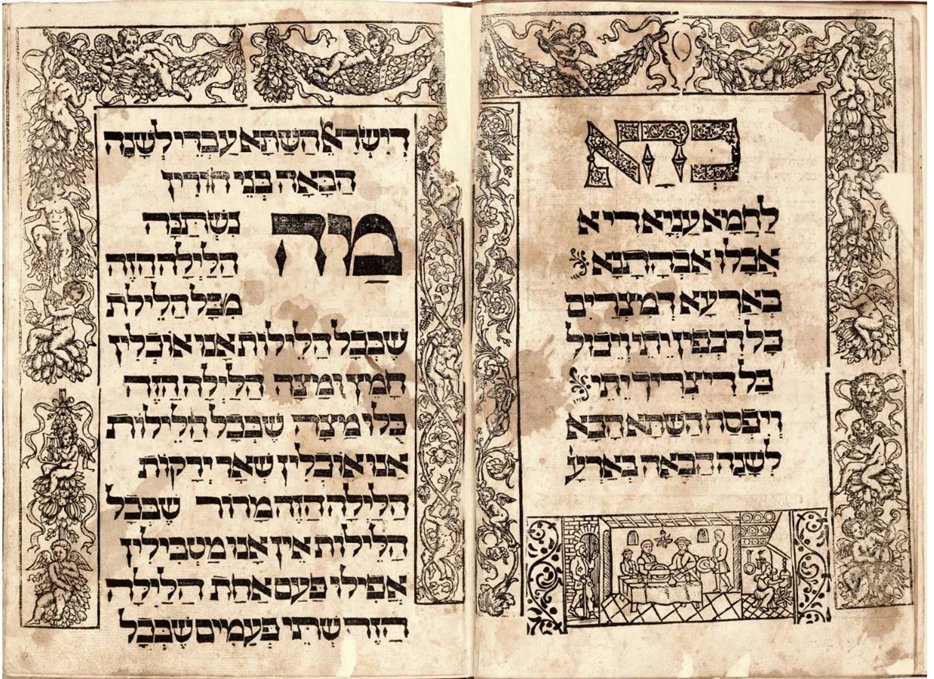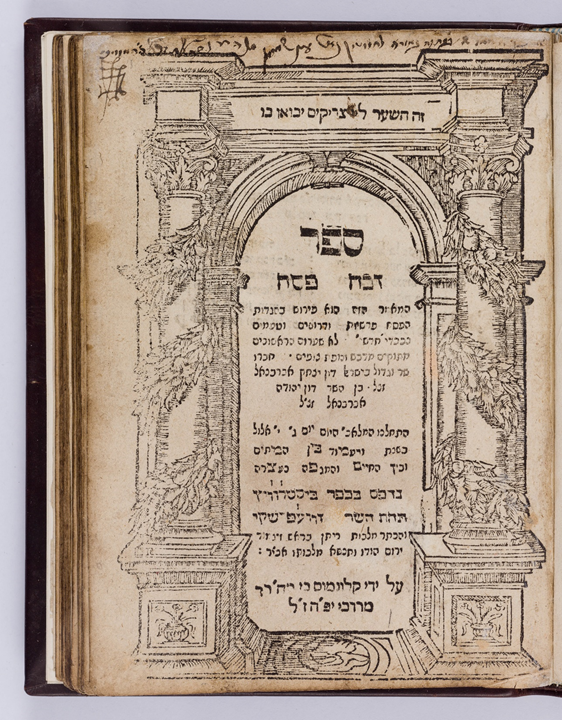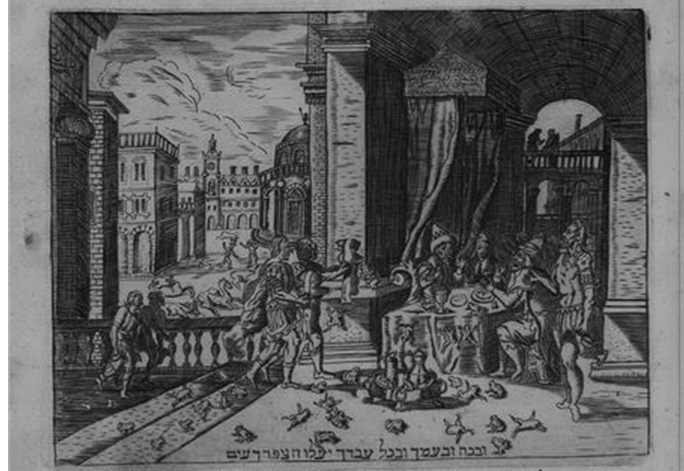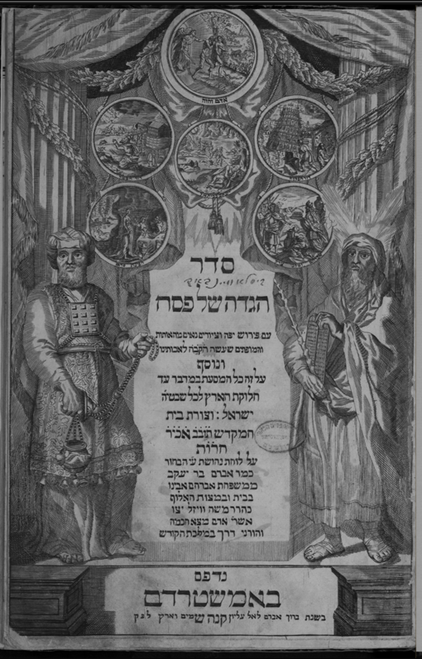Haggadot from the 10th-18th centuries:
First, a disclaimer - there is no way to do a comprehensive overview of haggadot. They were probably the most reproduced Jewish text. Some are super simple, meant to last for a day or two, while others are incredibly lavish.
First, a disclaimer - there is no way to do a comprehensive overview of haggadot. They were probably the most reproduced Jewish text. Some are super simple, meant to last for a day or two, while others are incredibly lavish.
The earliest haggadot were found in the Cairo Geniza. This one is known as Halper 211, and is @upennlib @katzcenterupenn. It& #39;s interesting for many because of the third question: "...on this night, we eat only roasted," following the Palestinian Talmud rather than Babylonian
I personally think it& #39;s interesting because it was owned by David Amram, of history of the printed book fame (his book, though well out of date over 100 years later, is still the only text on some aspects of the history of the printed Jewish book).
The second haggadah was a discovery of the #genizascribes, many of whom I was honored to meet today, at a joint presentation with @judaicadh to talk about their amazing crowdsourcing project to transcribe the manuscripts from the Cairo Geniza ( https://www.zooniverse.org/projects/judaicadh/scribes-of-the-cairo-geniza/)">https://www.zooniverse.org/projects/...
This Haggadah includes Judeo-Arabic instructions, and a lovely red color. It& #39;s also at Penn, call number Halper 216. (There was a great article at Penn when this was discovered, but I& #39;m not finding it now..)
The third Haggadah from the Genizah only made it into the talk because I was texting a friend the night before, an excellent scholar of the Geniza, who said, "oh! You& #39;ll like this manuscript that I just stumbled upon!" She was right!
T-S 20.170 (Cambridge) is a rotulus (ie a roll, in this case meant to be unfurled vertically) with the haggadah and Judeeo-Arabic instructions. The verso contains a letter discussing an uprising in Alexandria.
It& #39;s SUCH a great example of the non-elite haggadah - it& #39;s on plain & #39;ol paper, which was then reused (or was it on reused paper?). Not glorious at all, just made for a specific time and place, and put in the Geniza after Passover.
(Okay, going to attempt to do some more cooking; back in a bit if I don& #39;t maim myself again.)
Thankfully survived getting apple-strawberry crisp into the oven and adding veggies to the soup, so we can look at some fancier haggadot on parchment.
Although I can& #39;t help but start with this guy, partially because it& #39;s @columbialib, and partially because it& #39;s a case of parchment that& #39;s not super fancy (it& #39;s a digitized microfilm, so it looks worse than it is).
Columbia MS X893 J51 (France, 14th century)
Columbia MS X893 J51 (France, 14th century)
It& #39;s an entire Mahazor for year round, so it includes lots of things, including a Hagaddah. But it was probably the only book its owner had - made on cheap parchment, with pieces cut off (maybe for mezuzot?) and tears in various places. An expensive acquisition, but useful.
Okay so you want fancy? Well, let& #39;s take a look at how an illuminated manuscript is made. The Prato Haggadah (owned by JTS: MS 9478, but presently at the Cloisters) was not completed, and so it gives us an incredible view into the making of a medieval illuminated manuscript.
Some pages have just the barest hints of the colors to come. Others have gold leaf applied, or even the blue color (the most expensive after the gold).
And some are illustrated entirely. It& #39;s really a wonderful example of a drawing in process. Although I can& #39;t help but wonder what stopped the work. Did the illustrator get sick? Was there a danger where he lived? Was the manuscript confiscated? We can only speculate...
Oh, that wasn& #39;t fancy enough for you, eh? Fine we& #39;ll talk about another Haggadah, this one currently at the British Library (acquired with the 1st sale of the Almanzi collection; alas, I& #39;ll always view this as the one that got away - since Columbia has the 2nd Almanzi sale books)
British Library Add MS 27210, made in Catalonia, 1320-1330, is also known as the Golden Haggadah. It also has a Biblical story cycle, (aka a medieval comic book). As with many of these wonderful mss, the whole thing is online, thanks to @BL_HebrewMSS
http://www.bl.uk/manuscripts/Viewer.aspx?ref=add_ms_27210_f001r">https://www.bl.uk/manuscrip...
http://www.bl.uk/manuscripts/Viewer.aspx?ref=add_ms_27210_f001r">https://www.bl.uk/manuscrip...
It has a title page, which is anachronistic (t.p.s were an invention of print), but it was created by a later owner. Seems a pity, though - the tp doesn& #39;t come close to the glory of the manuscript inside.
And with that, I& #39;m going to pause for the evening.
Reminder to people searching for hamets tonight: Just because your kids have been home for weeks doesn& #39;t mean that their backpacks have no crumbs (as I learned tonight).
Hopefully more tomorrow, in between cooking adventures!
Reminder to people searching for hamets tonight: Just because your kids have been home for weeks doesn& #39;t mean that their backpacks have no crumbs (as I learned tonight).
Hopefully more tomorrow, in between cooking adventures!
Wow, it& #39;s been a busy morning. But now that we& #39;re past the time of eating bread, chicken is cooking, spaghetti squash ("lukshen") broccoli kugel is baking, eggs have been boiled, etc. etc., we can take a moment to look at some more haggadot.
Joel ben Simon is the most famous Hebrew manuscript illumator. We have 11 of his manuscripts, 6 of which are haggadot. The earliest is from 1454, and is housed at JTS (JTS MS 8279). He did some serious decorative lettering.
Twenty years later, he had gotten significantly more colorful. The so-called "Washington Haggadah" is at the Library of Congress, and was produced in 1478:
And as I& #39;ve noted before, the folks at LoC have given you a neat PDF of this for download, if you have a high-quality printer and want to use it tonight: https://twitter.com/hchesner/status/1244462115051765761?s=20">https://twitter.com/hchesner/...
I first learned of the Darmstadt haggadah a few years ago, when I was unpacking a donation of books, but I& #39;m sad to say I didn& #39;t go through it fully at the time: https://twitter.com/hchesner/status/960937818154586113?s=20">https://twitter.com/hchesner/...
It was only while preparing for this talk that I learned about its female context. From a discussion after the talk, it appears that not much has been done on this haggadah in recent years, so it& #39;s ripe for more work! https://twitter.com/hchesner/status/1234139133339226113?s=20">https://twitter.com/hchesner/...
Another thing I learned while putting this together is that the son of the Darmstadt& #39;s creator made his own haggadah! This one is the Cincinatti haggadah (and because I& #39;m me, I got excited about this inscription of ownership by Toevlen bat Yissakhar).
Okay, break time& #39;s over. I need to go get beaters so I can whip some egg whites. Next up, PRINT!
Okay, portions of maror divided, seder plate taken care of, chicken done, extra soup packed for delivery, eruv tavshilin made, etc.
The earliest printed haggadah with a date comes from Guadalajara, 1482. It exists in one copy, at the National Library of Israel. But...
In the 1980s, not one, but TWO copies suddenly appeared on the market. If it had been just one, that would have been exciting, but two was...suspicious
As it turned out (and was reported in the NY Times on June 4, 1988), a former abbot named Raphael Podde who had converted to Judaism had found 15th century paper upon which he had painstakingly copied the NLI copy. How did they figure it out? The wormholes matched perfectly.  https://abs.twimg.com/emoji/v2/... draggable="false" alt="🐛" title="Bug" aria-label="Emoji: Bug">
https://abs.twimg.com/emoji/v2/... draggable="false" alt="🐛" title="Bug" aria-label="Emoji: Bug">
Whoops, had a meatball emergency. But I& #39;m back now for a moment to talk about Joshua Solomon Soncino. He printed not one, but two haggadot, both completed in the same year.
The Sidorello is a small (quarto?) siddur that included a haggadah bound in at the end (at least in the two known copies, at JTS and the British Library)
This one was finished in April of 1486.
This one was finished in April of 1486.
The Mahazor Roma exists in far more copies - it& #39;s a folio, so it& #39;s much bigger. Note that the woodcut for matza is different than the Siddorello - looks like they decided to have a different one for each!
Here& #39;s a sneak peek at other pages in Columbia& #39;s Mahazor Roma (on parchment, she said proudly): https://twitter.com/hchesner/status/1050161596008488960?s=20">https://twitter.com/hchesner/...
There is only one copy extant of the earliest illustrated haggadah, at JTS. This seems to have been done by Iberian trained printers, either in Spain/Portugal, or the Ottoman Empire (where we know at least one printshop fled)
More on the first book printed in the Ottoman Empire (and my favorite book) here: https://twitter.com/hchesner/status/1156274369200611330?s=20">https://twitter.com/hchesner/...
How do we know that? Well, by the time the Mantua haggadah was printed in 1560, its printers decided to use the German typeface (even though that was NOT standard there - as you can see from the earlier pages of the same volume), and pretty much copied most of it:
This Haggadah was printed in Bistrowitz in 1592 (it& #39;s the only book printed there) because its printer fled there from Lublin where there was...a plague
100 years later, in Amsterdam, the seminal Haggadah came off the press. The 1695 was copied by pretty much everyone, and also included the very first Hebrew printed map of the Holy Land. It was also the first to use copperplate illustrations, so they could be incredibly detailed
Okay, time for salads and cleaning up. Back in a bit for the final three. Bet you can& #39;t guess which they are (no guessing if you were on the zoom :) )!
Oh - one more thing on the Amsterdam haggadah - it included both Sephardic and Ashkenazic grace after meals #knowyouraudience

 Read on Twitter
Read on Twitter
